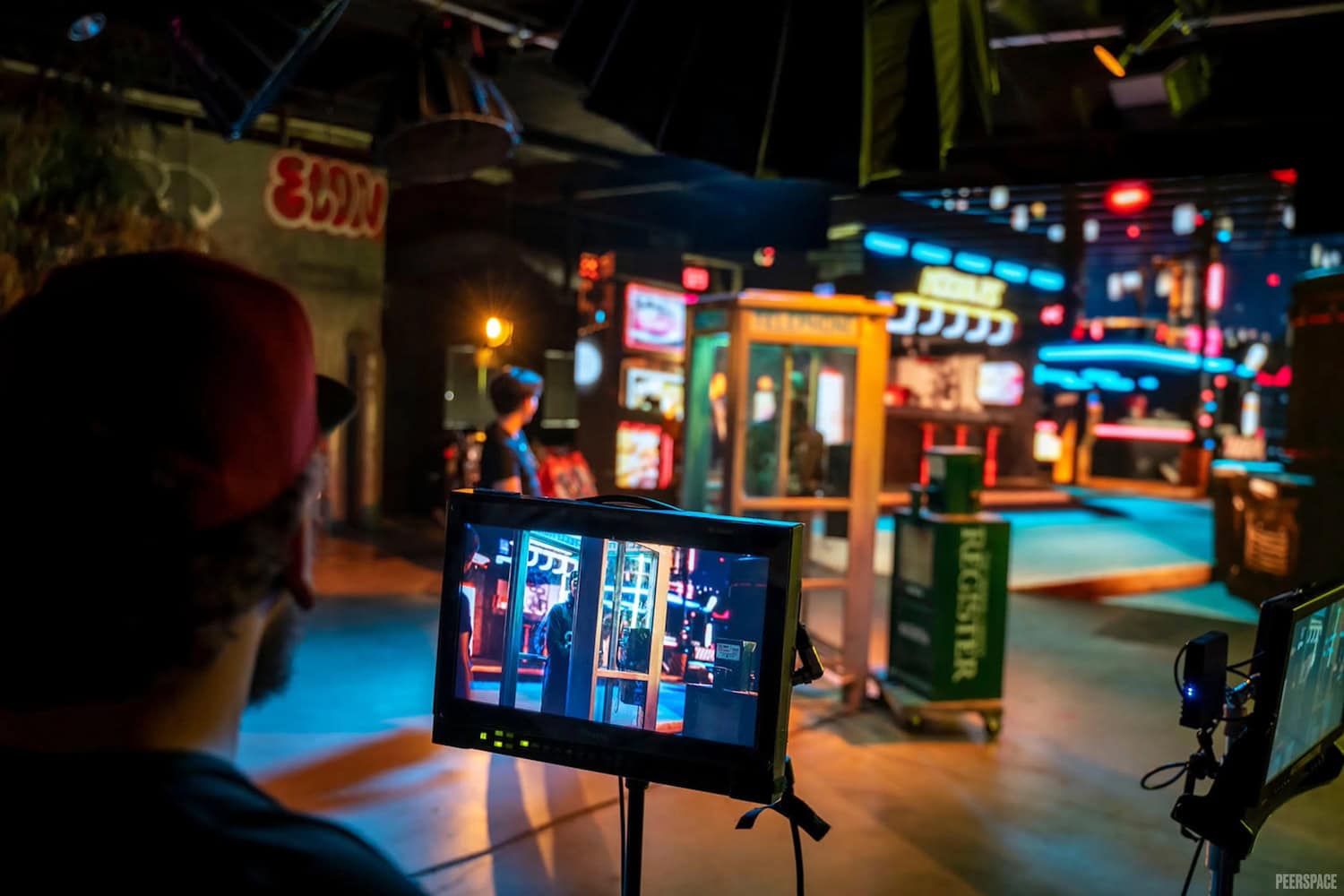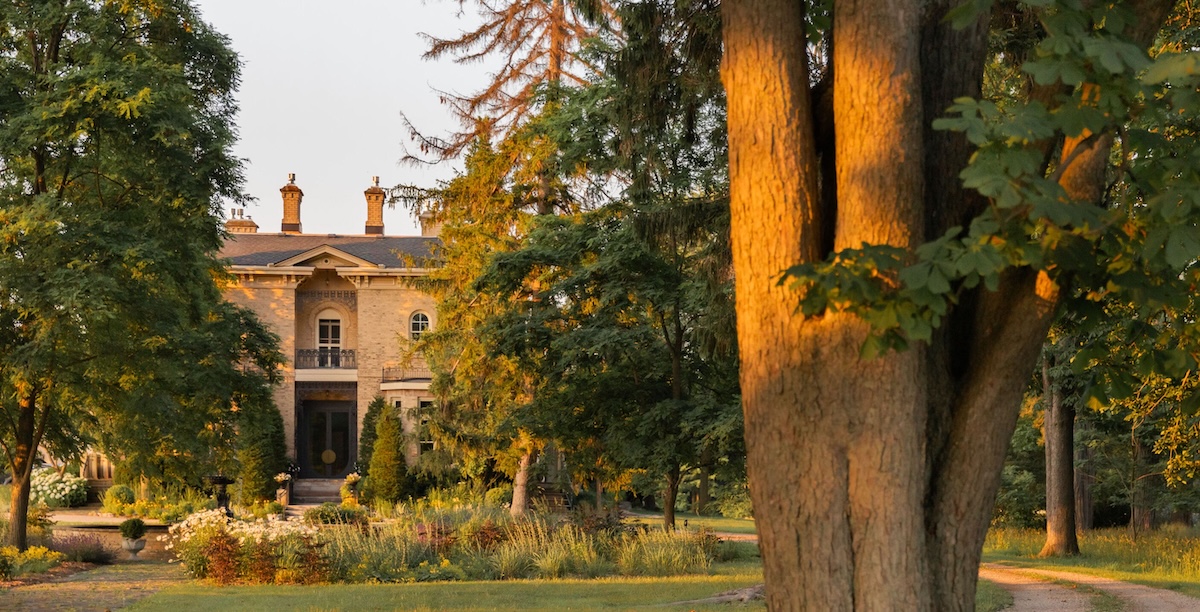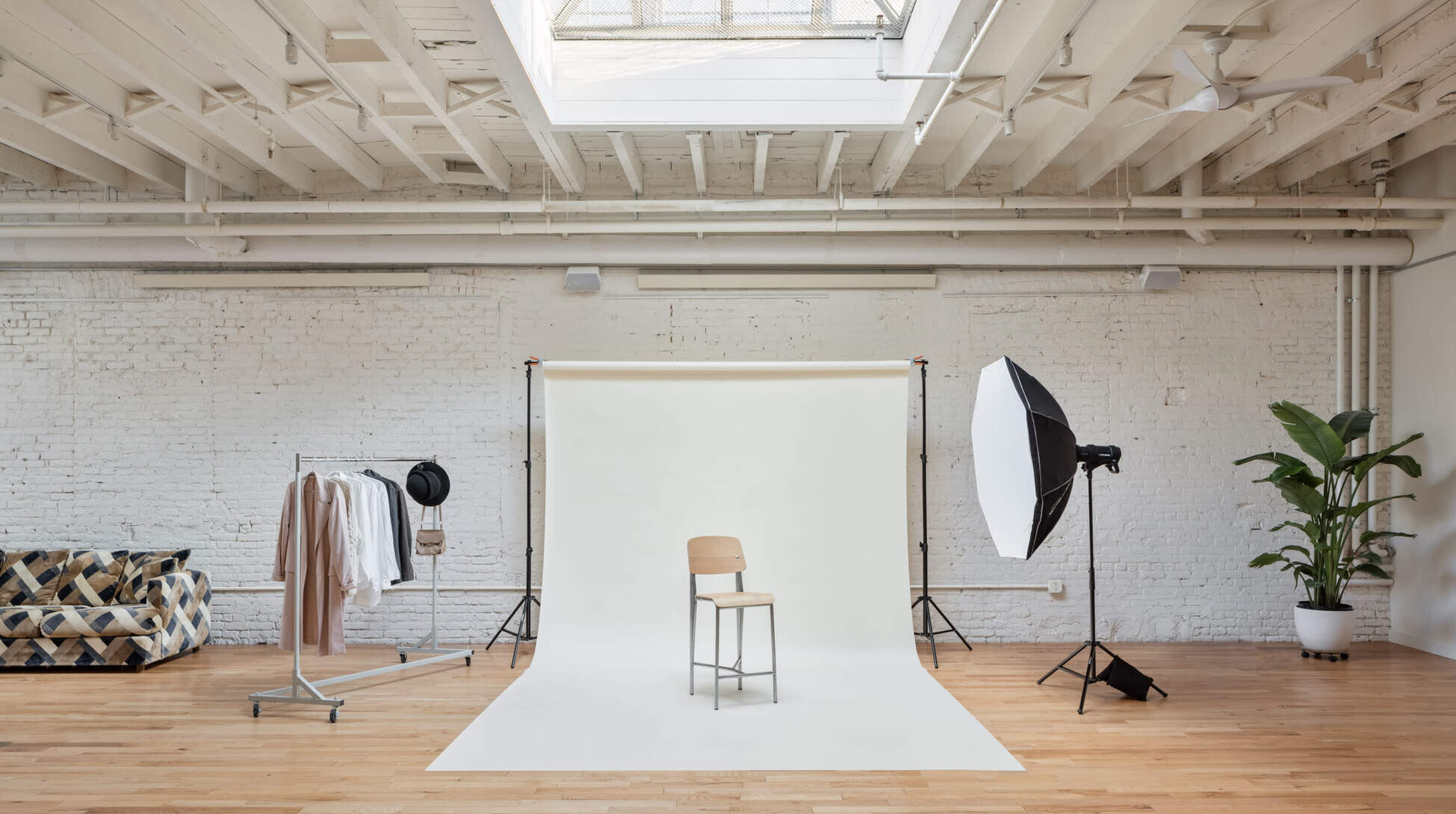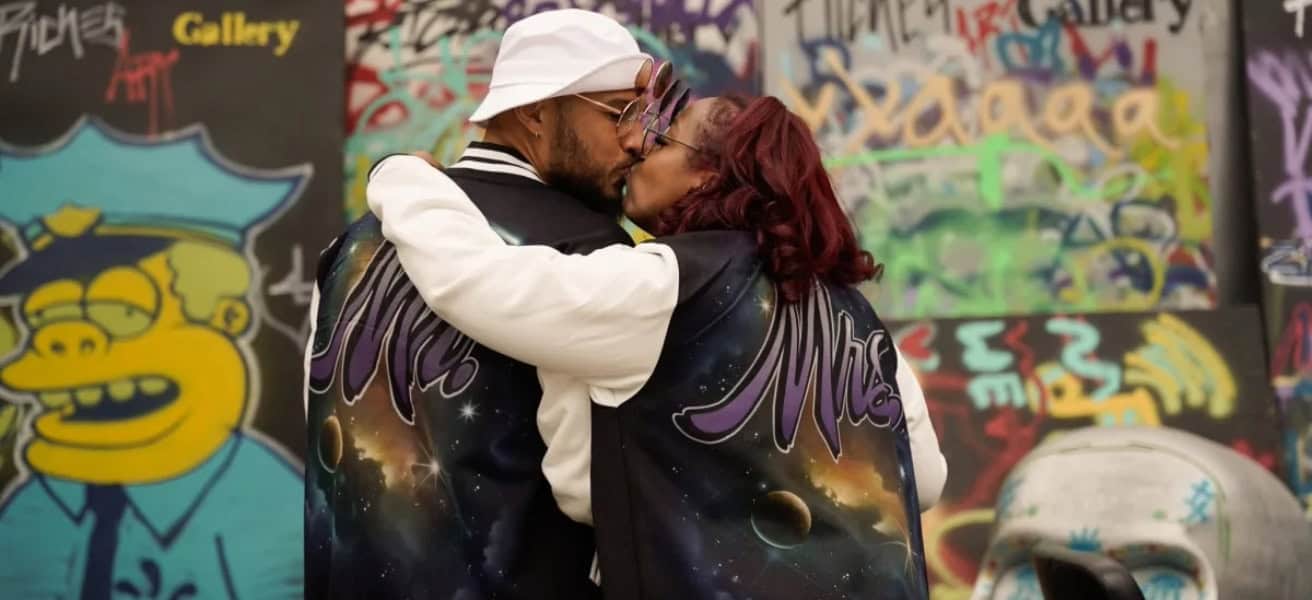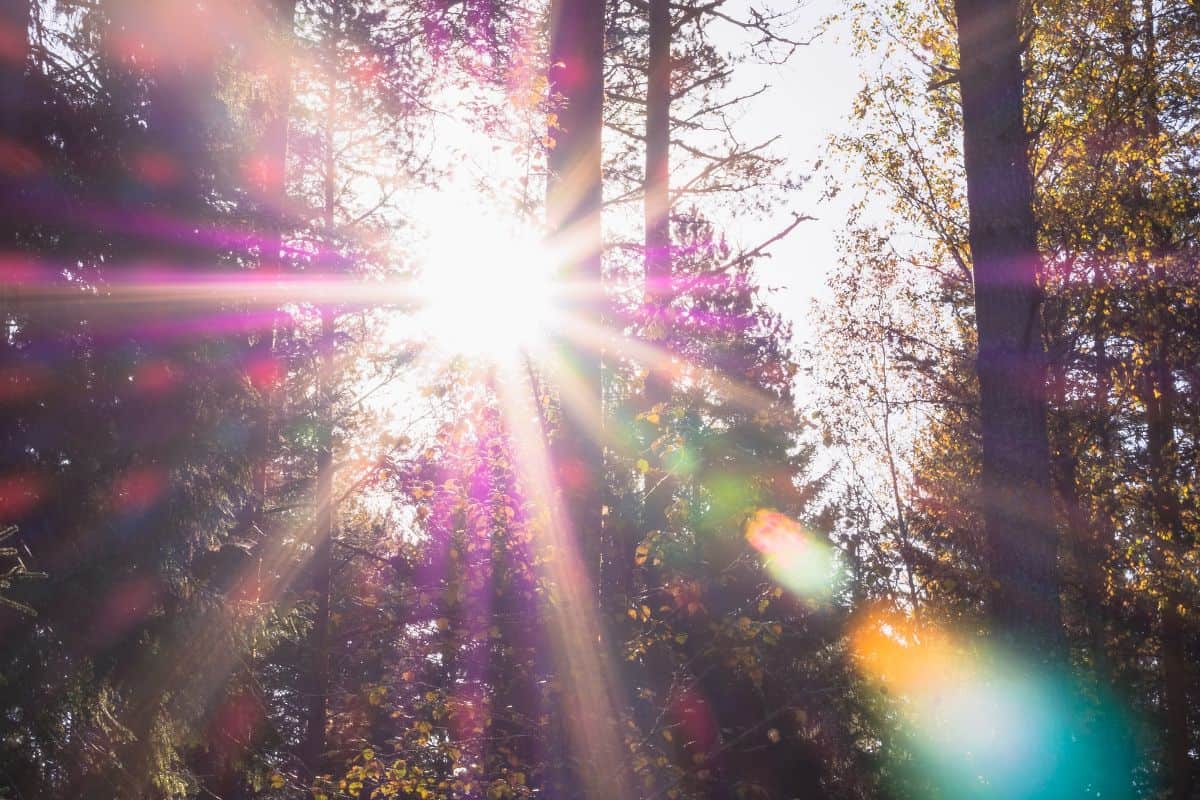
Source: Unsplash
Sometimes people complain about it, sometimes they herald it as an art form, and sometimes they are busy counting the number of times that J.J. Abrams uses it in a Star Trek film. You’ve probably heard of lens flare at some point, but the question “what is lens flare” isn’t just a question that we can answer with a one-sentence definition. Understanding what lens flare is also understanding how it works, how to avoid it, and how to use it to your benefit!
What is lens flare?
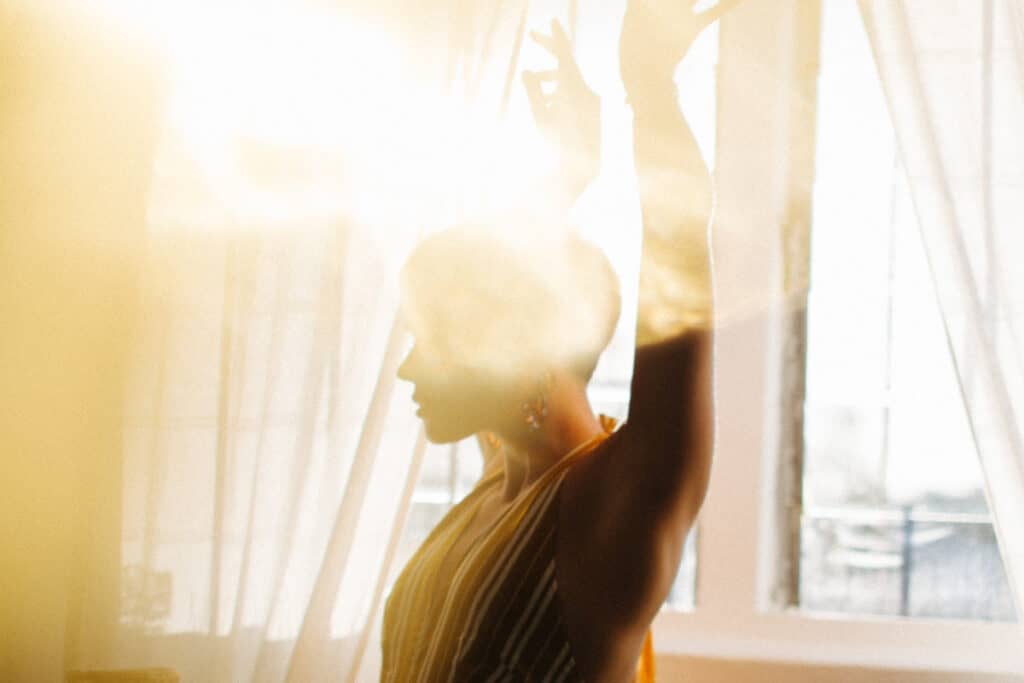
What do you see when you take your camera and position the sun in the corner of your frame? Bright streaks? Spots? A washed-out look? These are all types of lens flares!
The lens flares that look like bright streaks and spots are called ghosts. The washed-out look is known as a veiling flare.
How lens flares work
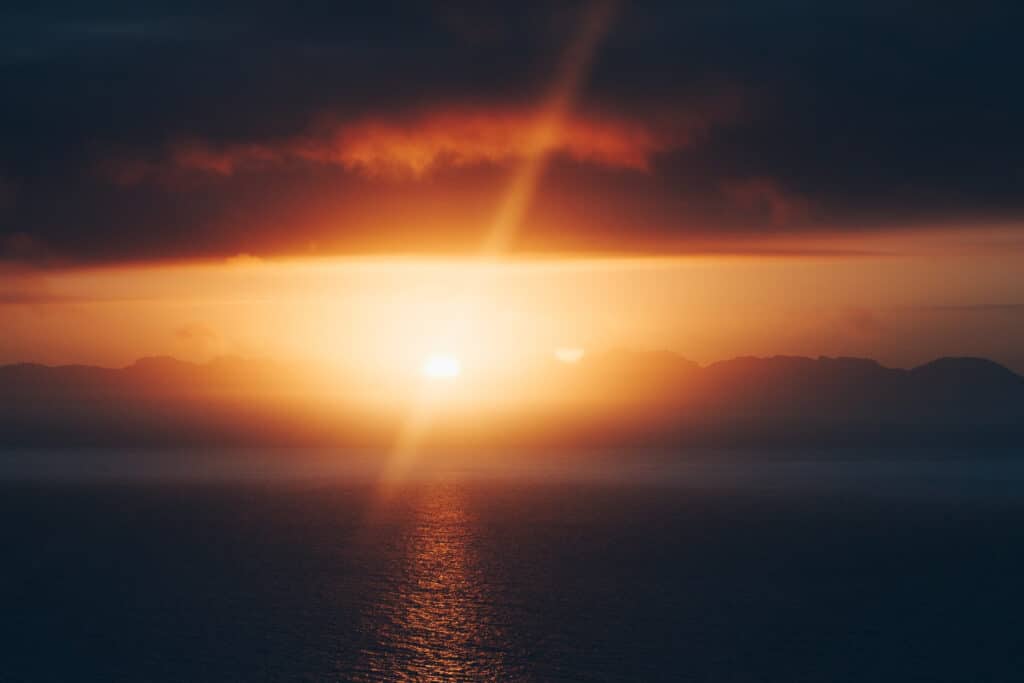
Lens flares can happen when you have a bright light source in your picture frame or even outside the lens view (but light rays are still hitting the lens). Now we’ve answered the question, “what is lens flare?” you’re probably wondering– “yeah, but why is that happening?!” Let’s look at the basic physics of a lens flare.
Your camera lens isn’t just one big piece of glass. There are many glass elements in one lens. Light usually flows through each piece of glass and straight to your camera’s sensor. But when a strong light hits your camera lens, the light bounces between each piece of glass instead of flowing smoothly through to the sensor. This means light that is bouncing around the lens and reaching your sensor isn’t part of your original image. And now you’ve got a new visitor in your picture! Lens flare!
Avoiding accidental lens flare
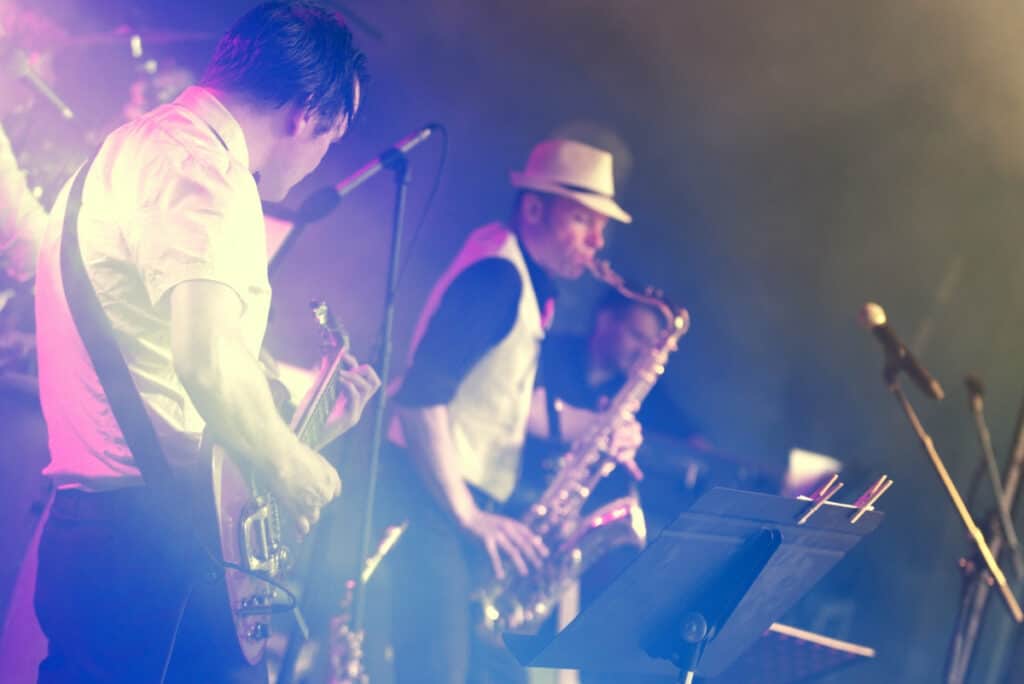
It can be a rather unwelcome surprise when you aren’t looking to invite lens flare into your picture. You’ll have a great photo and then, right in the middle of someone’s face — a large, colorful blob of light. Here are a few easy practices you can use to keep lens flare out of your photos:
- Buy a lens hood: A lens hood will help block out intense light sources that cause lens flare in your photos. The School of Photography’s YouTube channel has a great Youtube video on why you should buy a lens hood and which ones to buy!
- Change it up: If you are noticing lens flare—move! It might be as simple as adjusting your angle so you aren’t shooting directly into the sun or moving your hand and cupping it over the top of the lens as a make-shift lens hood! You can also move behind large objects (like trees or rocks) and use them to block the sun.
- Switch to a fixed focal length lens: Remember when we talked about how the light bouncing off all the glass elements in a camera lens are what’s causing your lens flare? Well, what do you think happens if we add even more elements for light to bounce off of? More lens flare! Zoom lens have more elements in them than fixed focal length cameras so they increase the likelihood for lens flares. Try switching from a zoom lens to a fixed focal length lens and see if that helps!
- Invest in quality filters and lens: If you put a filter on your camera or changed lens and you suddenly are noticing more issues with lens flares— it might be a quality issue. Cheaper lens and filters don’t always have anti-reflective coating. Before you buy new lenses and filters, check to make sure they come with anti-reflective coating!
- Clean Your Camera: If you’ve invested in a quality lens with anti-reflective coating and you don’t even have filters on, yet you are still getting unwanted lens flares— it might be because your camera lens is dirty! You can read our article on how to clean a camera lens for more information on how to solve this issue! [link to “how to clean lens” article]
How to intentionally use lens flares
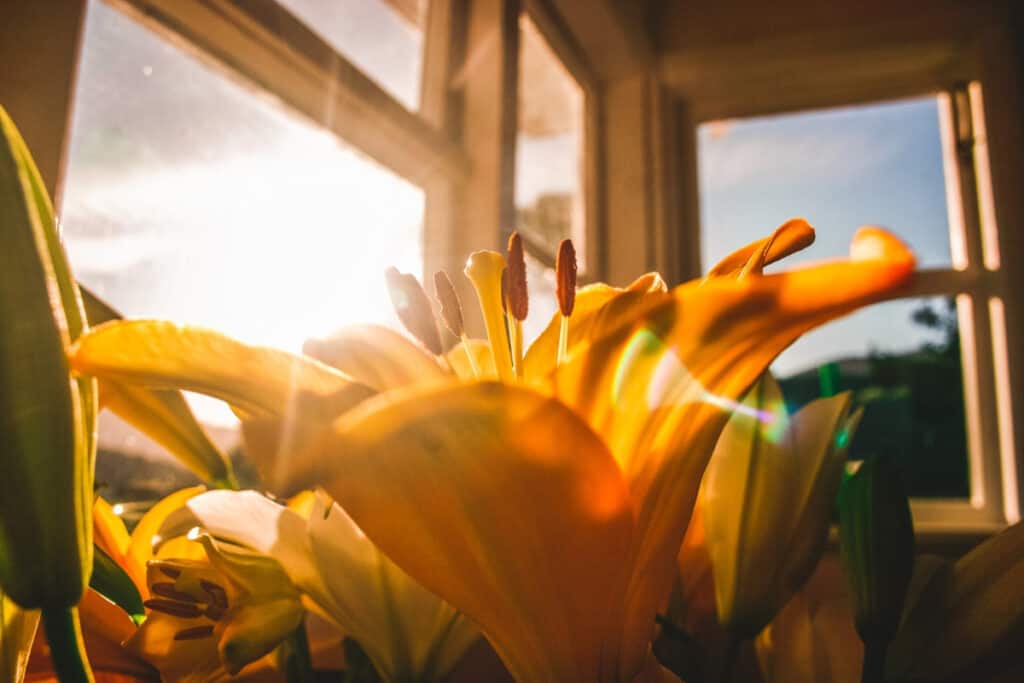
Lens flares aren’t all bad! In fact, they can add a fun, artsy look to your photos! If your question isn’t just “what is lens flare?” but also, “how do I use it?” — here are a few of our tips!
Experiment with different apertures: The higher your f-stop, the more defined the lens flare will be! Try different f-stops (adjusting your shutter speed and ISO accordingly so your photos aren’t too dark/bright) and see which you like best for your “flares.”
Use sources other than the sun: Don’t let a rainy day stop you from trying out lens flare! You can use bright lights from flashlights, candles, and more to create lens flare. Try placing the light source in different places, diffusing it through other objects (like behind a glass mason jar) to see what works and what you like!
Use it for a futuristic look: Movie Director J.J. Abrams used a ton of lens flare in Star Trek (fans found 826 instances of it in the second film!). J.J. Abrams told TV host Stephen Colbert that, “The reason I wanted to do it was I love the idea that the future that they were in was so bright that it couldn’t be contained and it just sort of broke through —”
Don’t knock it before you try it: Lens flares used to be seen as a sign of poor composition— but not anymore! Now subtle lens flair can look cinematic, mysterious (especially veiling flare), warm and in-style!
This video from Vox has many other fun examples of lens flare in pop culture that you can use to inspire you and your lens flare shots! As they say in the video, “lens flare used to be a mistake you tried to avoid. Now it’s a choice you can’t escape!”
Find unique photoshoot locations on Peerspace
Get together somewhere better
Book thousands of unique spaces directly from local hosts.
Explore SpacesShare your space and start earning
Join thousands of hosts renting their space for meetings, events, and photo shoots.
List Your Space

